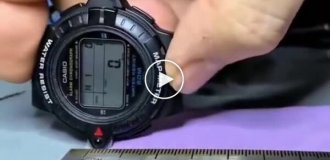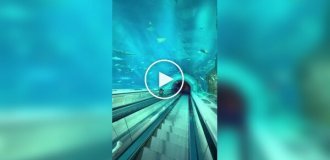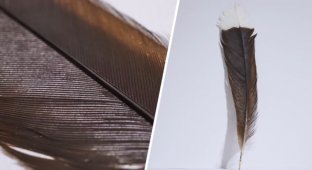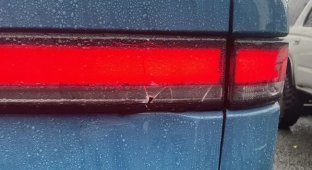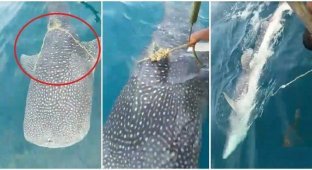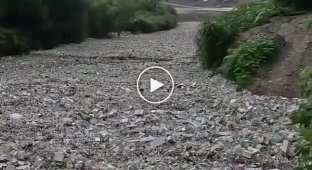Globsters – mysterious, shapeless ghosts of the ocean (12 photos)
On November 30, 1896, two young cyclists, Herbert Coles and Dunham Coretter, were exploring the coast of Anastasia Island in Florida when they encountered a terrifying sight. 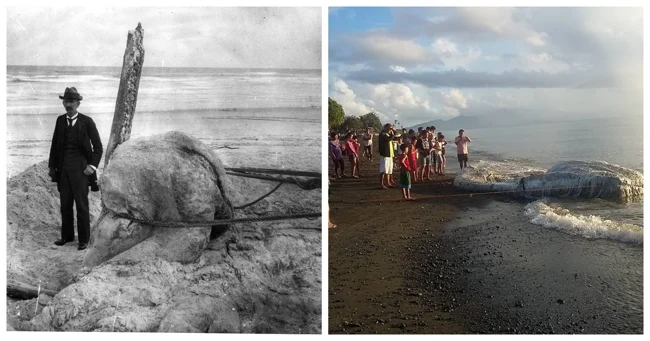
A gigantic carcass lay on the shore, half-buried in the sand. Thinking it was a whale, the boys rushed to report their discovery to a local doctor, DeWitt Webb. 
"The St. Augustine Monster"
Dr. Webb arrived at the beach the very next day and quickly determined that what lay before him was no whale. But what was it? A gigantic lump of flesh, eaten away by decay, had no bones, no eyes, and no identifiable limbs. The monster's body was pale pink, almost white, and its structure resembled dense rubber. Dr. Webb, the only scientist to have seen the mysterious specimen in person, estimated that the creature weighed a full five tons. After much study, he made a bold guess: a giant octopus had washed ashore. 
A few weeks later, Webb sent photographs of the creature to Harvard, but the letter ended up in the hands of Yale University professor Addison Emery Verrill, the country's foremost authority on cephalopods. Verrill initially believed the carcass to be the remains of a giant squid, but soon changed his mind and declared it to be, in fact, a giant octopus. By February of the following year, barely two months after its discovery, the monster had received an official name: Octopus giganteus. 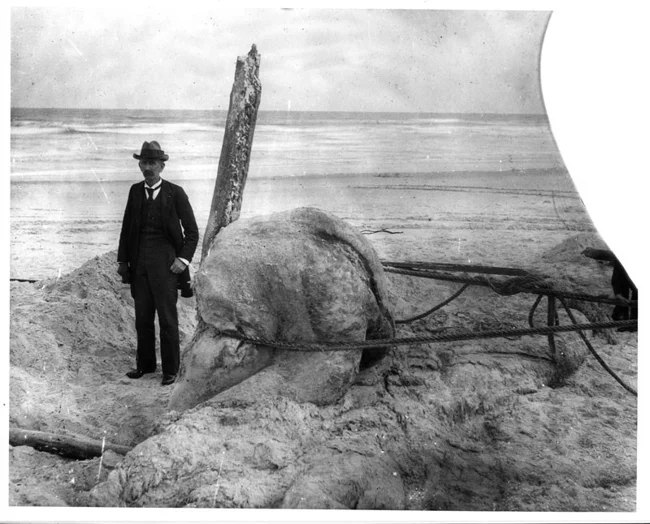
Meanwhile, Dr. Webb, to prevent the waves from washing away the valuable find, ordered the carcass to be towed away from the water using a six-horse team. Now, resting on the southern beach of Anastasia Island, the ocean ghost has become a local landmark, attracting crowds of onlookers. Its subsequent fate remains shrouded in mystery. Perhaps the stench became unbearable, and the creature was buried in the sand, or perhaps it was simply dragged back into the sea. 
The Zuiyo Maru is the carcass of an unidentified marine creature, caught by the Japanese fishing trawler Zuiyo Maru off the coast of New Zealand in 1977.
Although the carcass itself disappeared, the surviving tissue samples remained a bone of contention for scientists for a century. Analysis in the 1970s confirmed that the St. Augustine monster was indeed an octopus.
Fifteen years later, a new study supported this conclusion. Biochemist Roy Mackel of the University of Chicago also confidently identified the carcass as the remains of a giant cephalopod, likely an octopus. 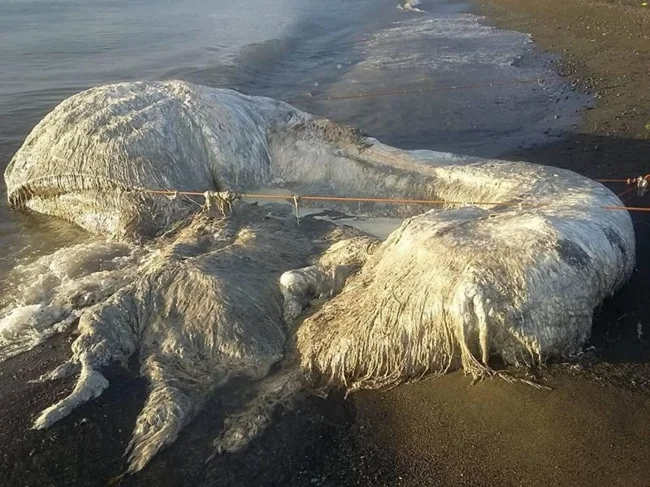
The Philippine Monster, discovered in 2018
However, in 1995, with the development of electron microscopy and biochemical analysis, the mystery was resolved differently. This time, it was discovered that the samples consisted of pure collagen—the structural protein of skin. The researchers concluded that the mysterious mass was nothing more than whale skin. Subsequent analysis only confirmed this verdict. 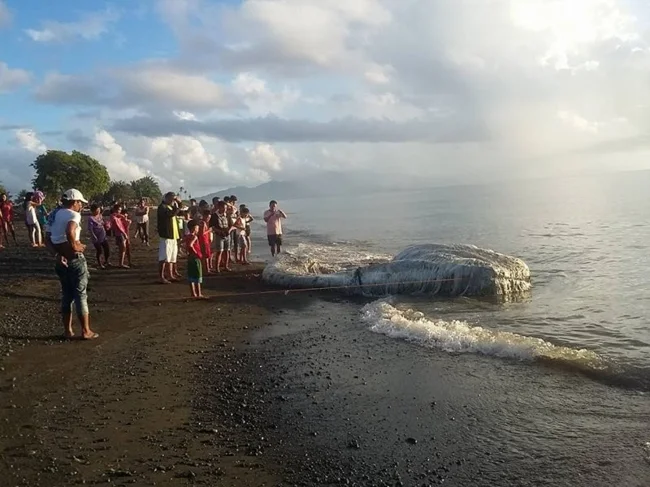
It turns out that similar monsters have appeared on coastlines all over the world. They were nicknamed globsters. These shapeless lumps of flesh, devoid of any recognizable features, have captivated the imagination for centuries and may have given rise to centuries-old sailor legends about monstrous creatures lurking in the ocean depths. Almost all globsters ultimately turned out to be the decomposed carcasses of whales, sharks, or other known marine creatures. 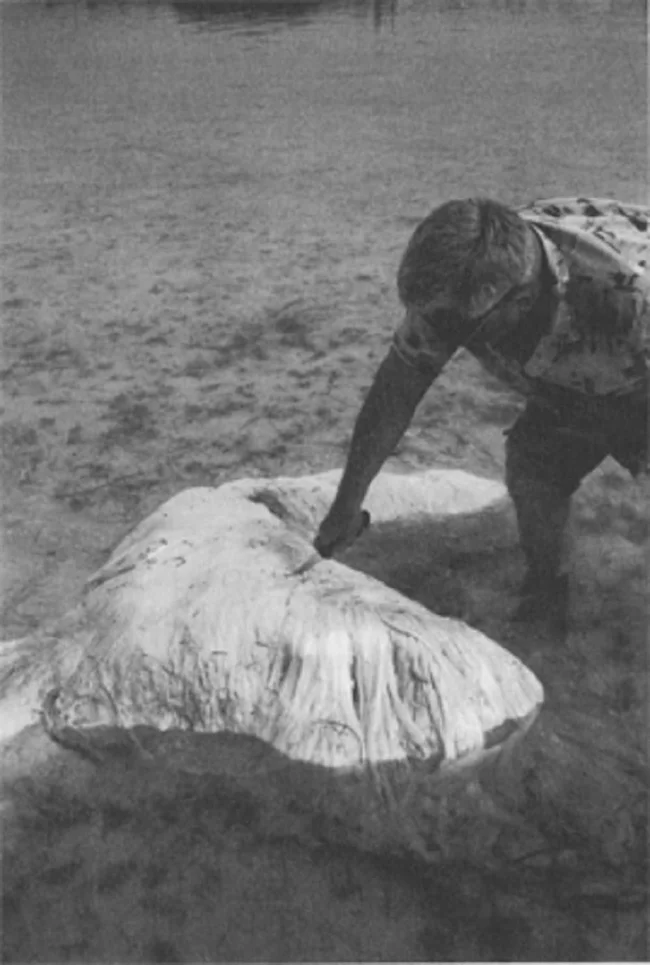
Bermuda Globster, 1988
The St. Augustine Monster was the first documented globster, which was photographed, studied, and analyzed for nearly a century. There are other famous finds as well. 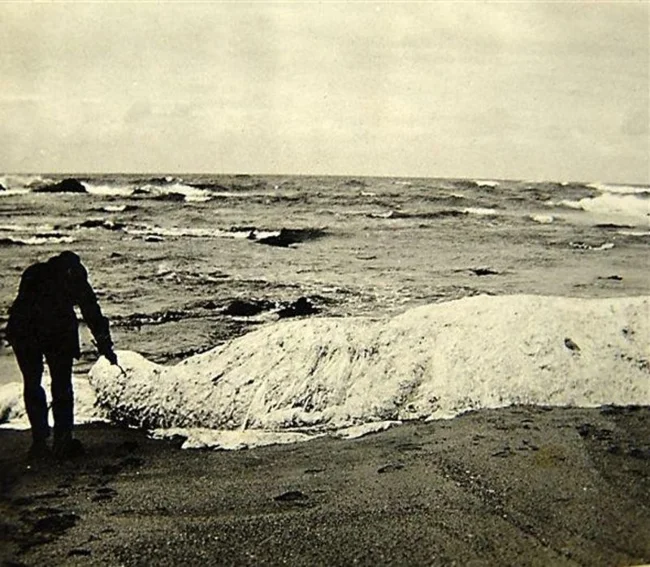
Tranco
In 1924, a carcass washed up on a beach in Margate, South Africa, and was named "Tranco." According to a report in the London Daily Mail, the creature was seen in a three-hour fight with two killer whales. Eyewitnesses claimed the creature, resembling a giant polar bear, attacked the whales with its tail. Its carcass later ended up on a beach, where it lay for ten days, eluding scientists. Decades later, paleontologists, studying surviving photographs, concluded that Tranco was a whale carcass, and its "fur" was nothing more than decomposed collagen tissue. 
Tasmanian Globster
This 10-ton boulder washed up on the west coast of Tasmania in August 1960. It had no eyes, and instead of a mouth, it was adorned with soft, tusk-like protrusions. The creature had a spine, six fleshy tentacles, and was covered in stiff white fibers. Two decades later, an electron microscope analysis of the collagen fibers identified it as a whale. It was to describe this carcass that the term "globster" was first used. 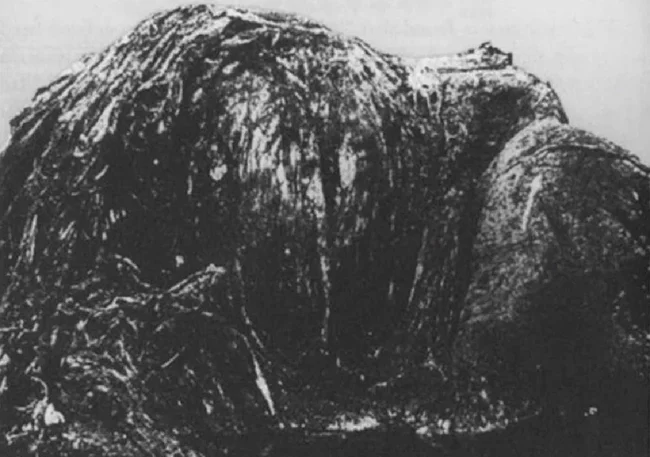
New Zealand Globster
In 1965, an unidentified carcass caused quite a stir on Muriwai Beach. John Morton, head of the University of Auckland's zoology department, wryly described her as an unusual elephant that died at sea. She was later also confirmed to be a whale. 
The Chilean Lump
In 2003, a massive tissue mass weighing 13 tons was discovered on the Chilean coast. Biologists puzzled over it for a long time, but the final DNA analysis settled the debate: it was a fragment of sperm whale skin.
